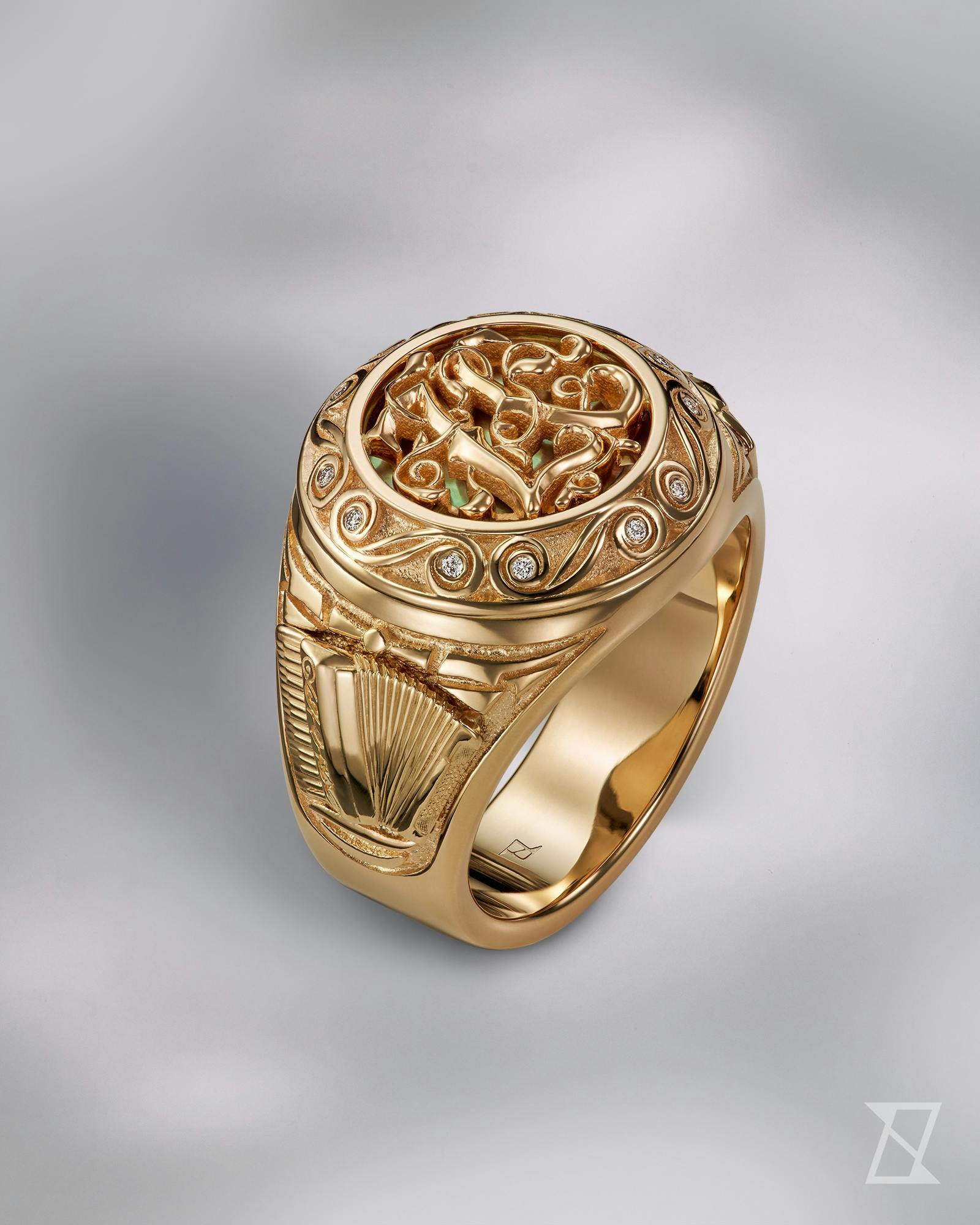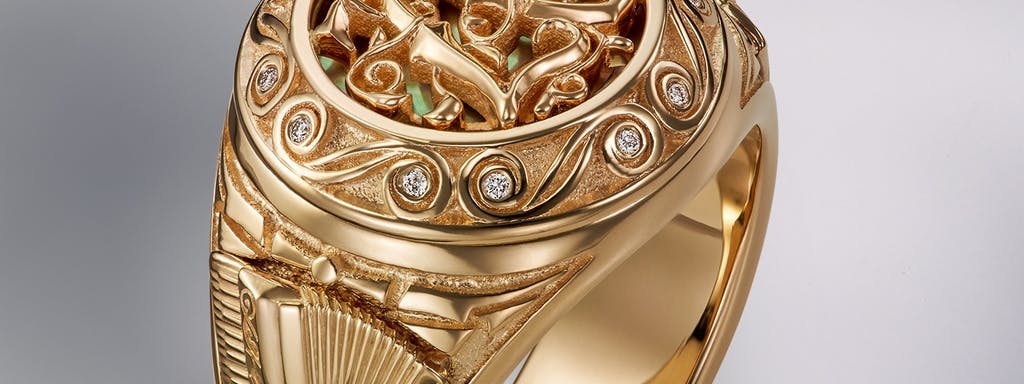The concept of a free reed instrument was known in China as early as almost 3000 BC. The ‘sheng’ was designed based on this principle of reed vibration: a tin plate placed in a tube vibrated and produced sound using airflow. In 1500, based on a similar concept, Leonardo da Vinci drew an instrument with double bellows and a vertical keyboard for the right hand, where the sound was produced by flattened pipes made of paper or thin wood.
Three hundred years later, brothers Carl and Wilhelm Zimmermann emigrated to America from Castelfidardo, Italy, and established a factory, which created polyphonic instruments, in Philadelphia. Their instrument resembled the one in Leonardo's drawing. Later versions, such as the eolina, used airflow in both directions of the bellows’ movement. In 1829, in Vienna, Cyrill Demian and his sons Carl and Guido patented an accordion, characterised by the ability to play chords. The instrument was named after this very feature. Over the past 120 years of history, both major and minor innovations have contributed to the creation of the legendary Scandalli accordion.

The centuries-old history of the accordion inspired the creation of a unique signet ring for the celebrated virtuoso of this instrument, Mr. Zygmunt Czupryn of the Tekla Klebetnica band. In the centre of the ring are the artist's initials, veiled within a floral embellishment, complemented by diamond-encrusted flourishes. The side of the ring is adorned by an engraved image of a Scandalli accordion. The entire piece was crafted from one ounce of solid gold.


